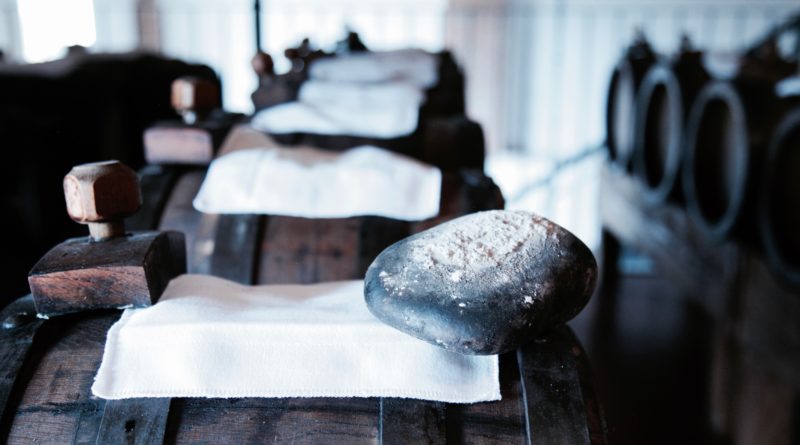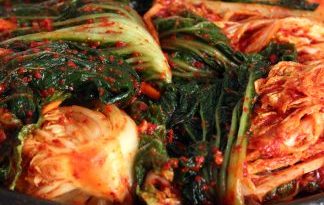A Tale of Two Vinegars (Best of Kosherfest, Part 3)
It was the best of vines, it was the worst of vines….Continuing our review of Kosherfest 2021 as we round out a very difficult year, this is the third in a series of articles reviewing some of the more interesting plant-based items that may find a way to your table, restaurant, or catering hall. This time we take an in depth look at balsamic vinegar.
Background
Until the 1990s, kosher balsamic vinegar was a pipedream. Made from wine and aged in special barrels for several years, this delightful condiment seemed out of reach. Profiled in magazines like Gourmet, this condiment was aged for 12-50 years, at $3-11/ounce, and dripped from a medicine dropper onto strawberries, chunks of Parmigiano Reggiano, or grilled fish or beef. Williams-Sonoma featured it and publicity created demand, and first in the non-kosher market, followed by kosher. Soon, balsamic vinegars appeared everywhere, but these were not the same product. This was a lesser quality vinegar, more suitable for making sweet salad dressings than drizzling onto vanilla ice cream.

Anyone can make a product called “balsamic vinegar” (or aceto balsamico in Italian).[1] However, like wines, cheeses and other names that are protected through the European Union’s Protected Designation of Origin, three types of balsamic vinegar are protected balsamic vinegars: Aceto Balsamico Tradizionale di Modena DOP/PDO (Traditional Balsamic Vinegar of Modena), Aceto Balsamico Tradizionale di Reggio Emilia DOP/PDO (Traditional Balsamic Vinegar of Reggio Emilia)[2], and Aceto Balsamico di Modena IGP/PGI[3] (Balsamic Vinegar of Modena). If it is not one of these three, there are no regulations for what is in it or where it is made.
Traditional Balsamic Vinegar DOP/PDO
The first two DOP vinegars are the ones prized by chefs, and carry a premium price. Pressed exclusively from Trebbiano and Lambrusco grapes in either the province of Modena or Reggio Emilia.

The vinegar is made from 100% must with no added ingredients. The must is aged for a minimum of 12 years in wooden barrels (chestnut, cherry, oak, mulberry, ash and juniper) that impart flavor to the vinegar similar to aging wine. During the aging process, the must naturally evaporates and thickens, and it is moved to progressively smaller barrels. The result is a rich, glossy, deep brown, viscous syrup with a complex flavor balancing sweet and sour.

It is used very sparingly as a condiment on fruits, cheese and meat; never in a reduction or salad dressing. It is sold in unique bottles, color coded by how long they are aged, and sealed with the DOP logo.
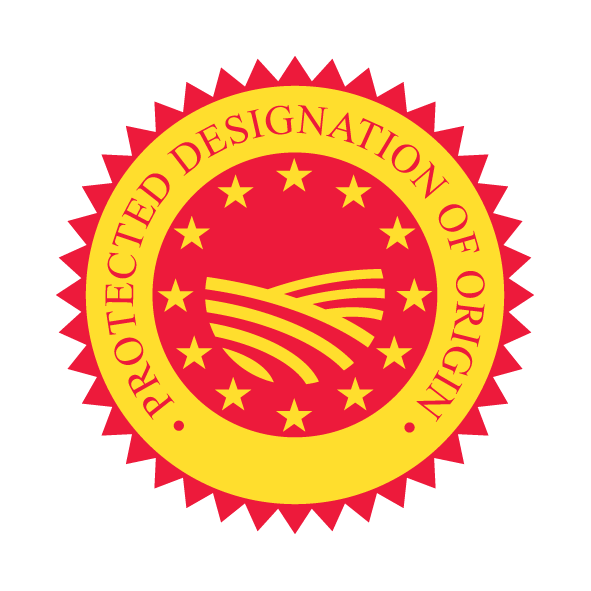
Balsamic Vinegar of Modena IGP/PGI
What is commonly sold in supermarkets, and what became available in the kosher market 30 years ago, is commercial grade Balsamic Vinegar, sometime with the appellation of origin from Modena (in which case, it will say IGP or PGI). It is made from as little as 20% grape must blended with wine vinegar and with other ingredients such as coloring, caramel, and sometimes thickeners like guar gum or cornflour to artificially simulate the sweetness and thickness of the aged Aceto Balsamico Tradizionale di Modena.. To be called a Balsamic Vinegar of Modena IGP, it must only be aged for two months and bottled in Modena, though it can be made anywhere and with ingredients sourced from anywhere. Aged IGP requires three years, but few balsamic vinegars are aged. The higher the percentage of must, the higher quality, and the more distinct fruit notes the vinegar will have. All IGP vinegars will have the EU’s IGP logo on their labels; typically in a bottle shaped like a wine bottle (though not necessarily).

Because the predominant ingredient is wine vinegar that can come from anywhere, and the grape must percent varies, there can be considerable difference in flavor from one brand to another, or within grades of a single brand. Since wine vinegar is the main ingredient, the product requires an extra degree of kosher supervision, beyond regular vinegar production.[4] For balsamic glazes, made to approximate the thickness of traditional balsamic vinegar, the product is cooked further to reduce the amount of water. This also caramelizes the sugars, increasing the sweetness and adding a cooked sugar flavor which is different from the traditional PDO which thickens through evaporation.
Until now, all kosher Balsamic Vinegars of Modena have been IGP/PGI, and are, based on their labels, just meeting the minimum standards (none aged, all at about 20% must). They are available from several brands. The first to market was under the Bartenura label from Kedem, and others now include De La Rosa, Roland, Tuscanini, Natural Earth, Fleischmann’s, Galil, Mazzetti d´Altavilla, Fattorie Giacobazzi, and Sharon Valley.
Two new products are now becoming available that are poised to change the kosher market. One, a higher quality IGP vinegar that I tasted at Kosherfest. The other, not at the show, is the first PDO vinegar to obtain kosher certification. Both are game changers in the kosher market.
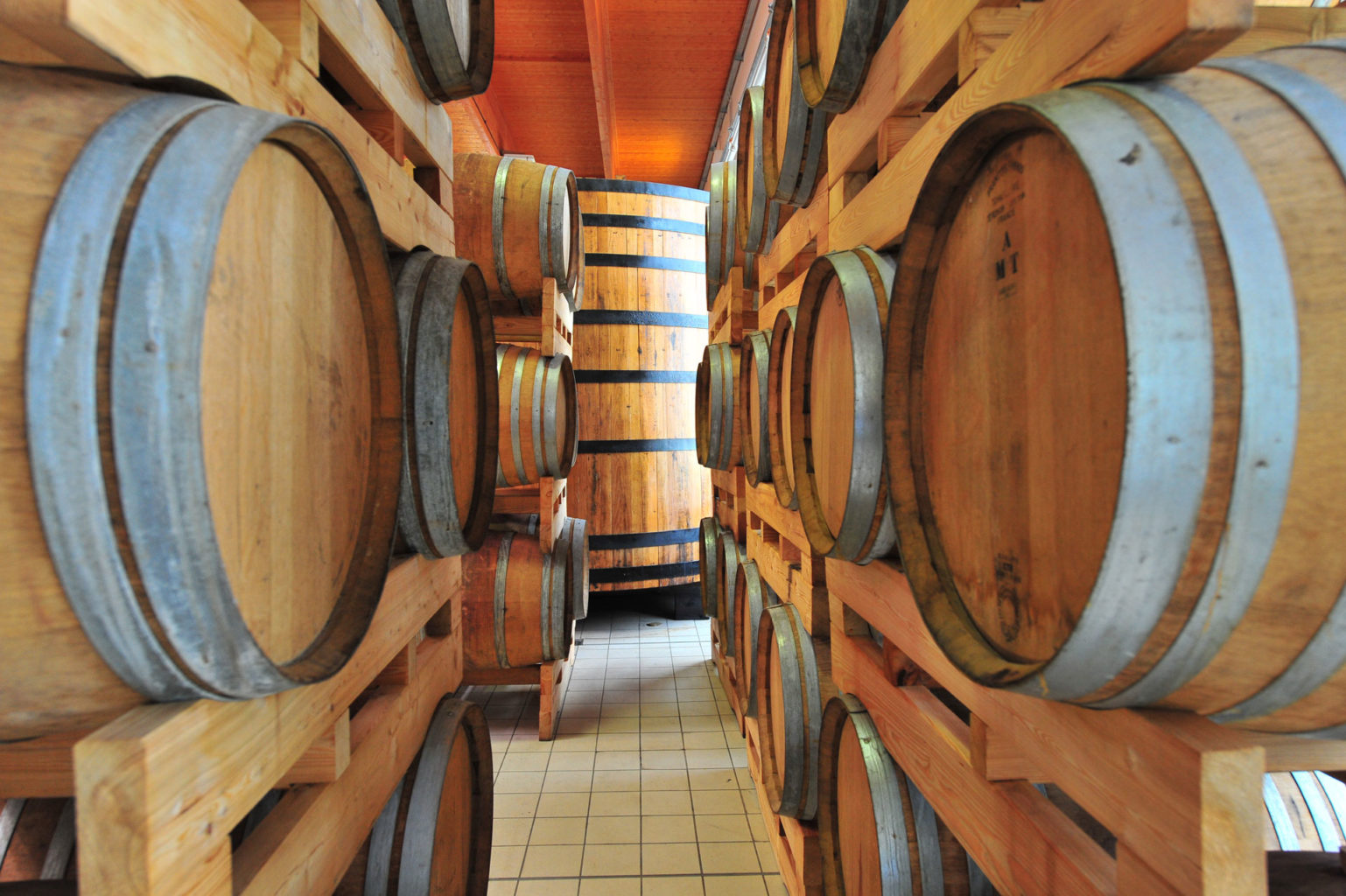
Acetaia Giuseppe Cremonini – New Balsamic Vinegars of Modena IGP
At Kosherfest, I was able to sample two vinegars from Acetaia Giuseppe Cremonini. They make a large variety of fruit and wine vinegars, and now several products are certified kosher by the OU.
Located on a small farm estate in Modena, Italy with cutting-edge process technology, the company grows mostly two types of grapes: Lambrusco Grasparossa IGT and Trebbiano DOC.

In collaboration with the University of Modena and Reggio Emilia, they use a rating system logo for its products, with one to five grape bunches to identify the grades and help consumers distinguish the different characteristics, including percent of must, thickness, and suggested uses. The percentage of grape must ranges from 23% (1 grape) up to over 70% (5 grapes). They also rate the products from sour to sweet on a 1 to 10 scale. Existing kosher IGP products on the market would generally be equivalent to the 1 grape grade. Acetaia Giuseppe Cremonini makes several kosher varieties, each recommended for different uses:

- 1 grape IGP: More sour than sweet (3/10). Best used for salad dressing or vinaigrette dipping sauces.
- 3 grape IGP: More dense and complex (5.5/10). Use for cooked vegetables, pizza, arugula.
- 5 grape matured IGP: smooth, fruity, and creamy (8/10). Use in desserts, fruit salad, ice cream, baked pears, Very dense with about 73% must (almost 3 times that of 1 grape). Free of caramel.
- Balsamic Glaze: About 50% must from 3 grape vinegar. Good for cheese, “meats”, piazza, chips, strawberries, and ice cream. Free of caramel.
- White and Red Wine Vinegars (2/10)
Taste Test
I was able to taste the 1 and 3 grape balsamic vinegars. Both were well balanced, with the 3 grape exhibiting stronger fruity notes. The 5 grape and glaze are intended to approximate the flavor and density of traditional balsamic vinegars, but without the 12-50 year aging process and the resulting cost). Compared to the current IGP products on the market, these are a definite improvement, even if they are not Traditional PDO vinegars that you see in high end gourmet stores.
The product premiered at Kosherfest and will be arriving in stores soon.

Balsamico Bonini – The First Kosher Traditional Balsamic Vinegar of Modena PDO
Kosher gastronomes seeking authentic Traditional Balsamic Vinegar have been out of luck since it has never been available kosher. However, as I was preparing this article, I found a new product which, while not at Kosherfest show, is making its kosher debut and is the only PDO Balsamic with any kosher certification on the market.
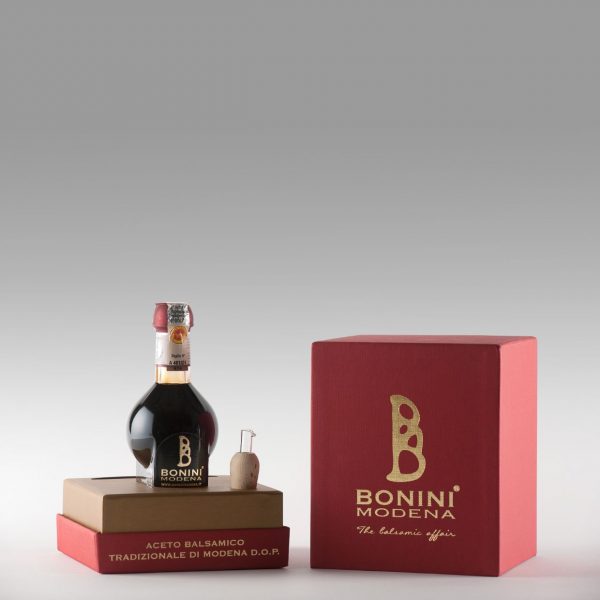
Actor Fabio Massimo Bonini, who hails from Modena, Italy, turned his passion for traditional balsamic vinegar, which he describes as part of his culture, into an artisanal food business. He, along with his wife Betty, created Cascina di Balsamico Bonini, a modern facility to produce authentic Traditional Balsamic Vinegar of Modena (PDO), and also a bed and breakfast where visitors can enjoy local hospitality and tour the facility. Bonini works in small batches in the traditional artisan method.

Their 12-year aged Traditional Balsamic Vinegar PDO is available with kosher certification under the International Kosher Council (IKC), and is the first (and so far only) PDO vinegar to be kosher approved.[5] These taste purely of grape, without any additives, gums, or caramel coloring. Fabio told me that it is perfect for raw meat and fish, beef, risottos pasta, ice cream, and eggs (he loves it on pumpkin ravioli). Fabio, who is neither vegan nor Jewish, spends part of the year in Miami and is a fan of the Crudo Kosher Fish Market there.
In addition to PDO, Bonini also makes non-PDO balsamic vinegars. Any vinegar is bottled either before reaching the 12 year minimum standard, or even if aged, does not go through the consortium approval process, is called Condimento. These can be excellent and depending on their age, they will vary in woody notes and a mix of acidity and sweetness. In fact, an aged condimento may be the same product as the PDO version, while being less expensive. Bonini Condimento products start at 3 years and are available at 8 and 12 years.[6] Many of these are used by restaurant clients who want the aged product, but do not require the consortium’s seal of approval.

Given that no PDO vinegar has been available with kosher certification before, and the IKC certification is not as well known nationally as others,[7] I asked its director, Rabbi Zev Schwartz, about the process he used to certify this unique product. As both he and Fabio Bonini described it, the whole grapes are trucked to the production facility whole, transferred into a hopper and mechanical destemmer, followed by a crusher. The juice is extracted and strained, and pumped into a boiler where it is cooked to a temperature of about 80°C (176°F). All this takes place over a few hours, never more than 24 hours per batch, and no direct handling is involved, other than starting, stopping, and adjusting the machinery. The first time any grape juice is handled by a person is after the juice has been cooked and cooled and is no longer subject to the rules of handling by non-Jews. [8]
The barrels are used exclusively for cooked grape juice and are a different size than those used for aging wine. In any case the barrels would not be an issue for the same reason that they are not an issue for sherry casks used in scotch production. As with all Traditional Balsamic Vinegars, to obtain PDO status, the finished product is sent to the consortium where it is blind tasted and, if approved, it is bottled by the consortium in standard bottles and sent back to the Bonini’s for labeling.
In addition, all the grapes, of the Trebbiano variety, are grown exclusively for balsamic vinegar production, not for drinking juice or wine. According to Rabbi Schwartz, while he does not rely on this, some authorities hold that the juice extracted from such grapes is not subject to the restrictive handling rules for grape juice intended for drinking.

Conclusion
As with many products that were previously not available kosher, kosher balsamic vinegars started with low end commodity versions, and as consumers become educated and sophisticated, higher-end products become available. The new Balsamic Vinegars of Modena, the matured IGP, the Traditional PGO, and the Condimento, are exciting and welcome additions to the kosher pantry and restaurant kitchen.
Sources and Notes:
Acetaia Giuseppe Cremonini; emails from Gruppo-Olitalia; Cascina di Balsamico Bonini; Interviews with Fabio Bonini and Rabbi Zev Schwartz, December 2021. Photos courtesy of Gruppo-Olitalia and Fabio Bonini.
[1] The term “balsamic” comes from the Greek word for curative (compare to the English word balm) and it is related to the Hebrew word b’som (בשׂם) meaning spice or perfume—the same root as b’samim (בְשָׂמִים), the spices used in havdalah).
[2] DOP and PDO are alternative ways of indicating a protected designation of origin
[3] IGP and PGI are alternative designations for protected geographic origin.
[4] For an informative description of how the OU supervises vinegar plants, see this blog entry.
[5] Many of these are used by restaurant clients who want the aged product, but do not require the consortium’s seal of approval.
[6] Older ones, some aged 50 years, are not kosher, although over time, older kosher condiment will become available).
[7] Rabbi Schwartz is a musmach of Telshe Yeshiva in Cleveland with decades of experience with kashrus supervision with major kosher certifying agencies before starting his own service. IKC supervises many vegan, as well as some non-vegan restaurants, mostly in New York City and Philadelphia, as well as products and restaurants in Europe.
[8]According to an article on their blog, the OU considers the prohibition of handling grape juice by non-Jews to take effect once the grapes are crushed, the juice is separated from the pulp and the pits, and is collected. From this point until the juice is cooked (for mevushal wines only, at about 88°C), non-Jews cannot operate any of the equipment, as the OU considers this handling. Non-mevushal wines are not cooked. The OU continues to require supervision anytime a barrel is tapped or opened, including during bottling, even for mevushal wines. Mipikale does not take any position on the halachic necessity of the standards used by the OU, IKC, or any other agency. Information is presented solely to provide transparency.

